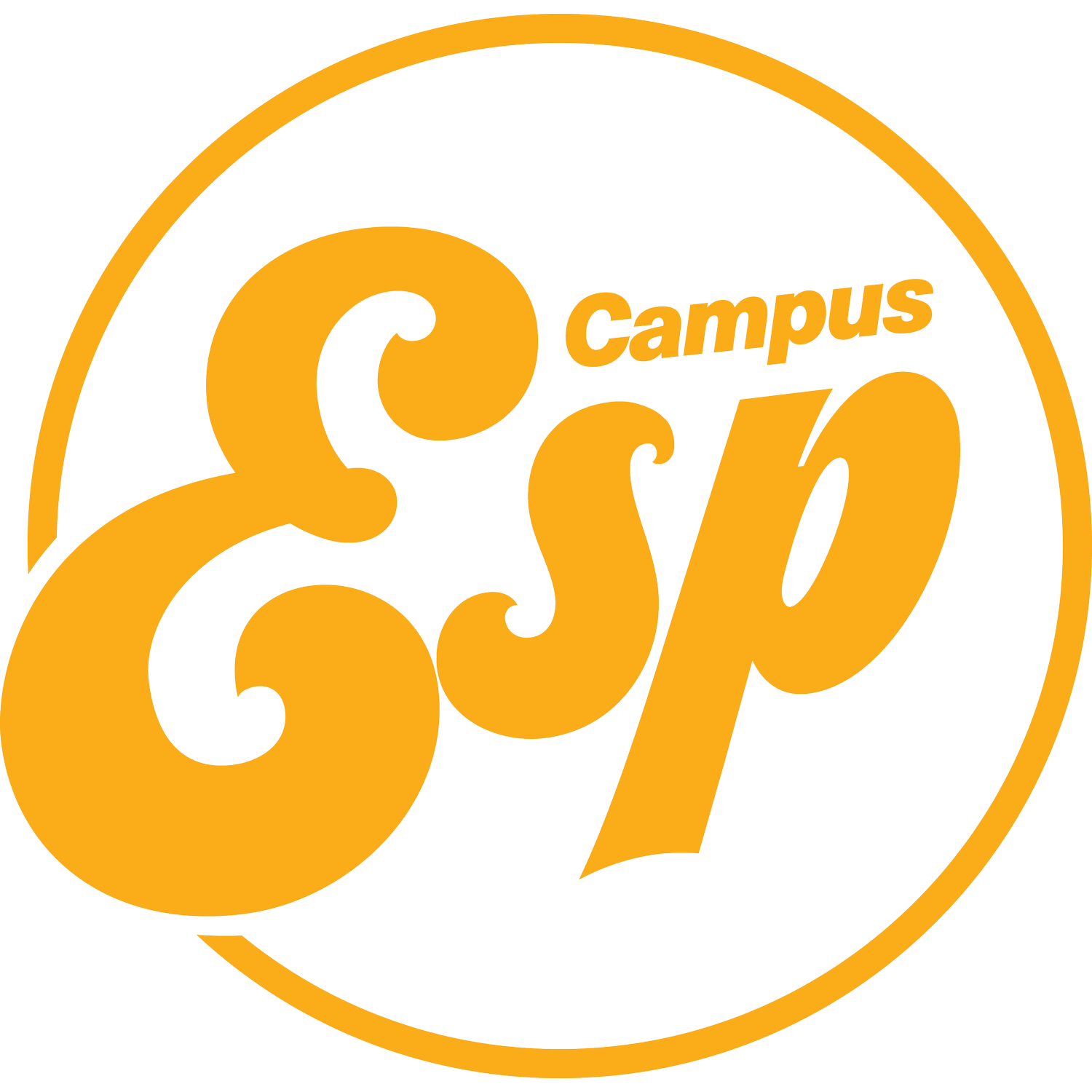Scale family communication with campus partners
70% of families want updates from their student’s institution weekly or more — leaving parent and family programs professionals with a big editorial calendar to fill. How do you keep up with the demand without feeling overwhelmed or becoming overworked?
The answer might be just down the hall. Developing a team of content partners — contacts from key departments across campus that can elevate important information for families to you to disseminate — turns a heavy lift into a coordinated effort to keep parents informed and engaged.
We sat down with Amy McManus, Assistant Director of Parent and Family Engagement at University of North Carolina Wilmington and Kevin Cook, Director, Communications & Parent Engagement at Kansas State University to talk about how they joined forces with colleagues to do more together.
Check out their process and best advice, or watch the discussion below!
Benefits of a family engagement content team
The most obvious win when you have a team backing you up is the time savings. Instead of scouring campus resources for the right information, organizing the timelines, and drafting the communications solo, you can share the load.
But there’s other advantages, too.
By enabling others on campus to have a voice, you increase the possibility of including more diverse topics (and perspectives) in your outreach — which can in turn lead to more engagement and more informed families.
You can also ensure all these updates, reminders, and articles are coming from one, central, and trusted resource. This eliminates the chances of parents feeling they need to scour the website in frustration or call various offices to get the information they need. Or worse, turn to Facebook.
Cook used to lurk on unofficial KSU Facebook pages, but intervening frequently would give the impression that the page was university sanctioned — which it’s not.
Instead, he began turning parents towards official resources — like the Owl Family Hub. “If there's a falsehood that continues to persist, then I will insert myself into the conversation and share the correct information and a direct link to the platform.”
“Since we launched CampusESP, parents are getting more consistent communication from the university. There are fewer of those easy-to-find questions that get asked on those parent forums because they're getting it from the university in a timely manner or at a time that works better for them … not just at orientation or at the end of the year.”
Who should be on the family engagement content team?
If you already utilize CampusESP, you can use the data you already have to identify your key ideal partners — review what your family users are already clicking on the most, the communities they are most frequently joining, and insights from your onboarding survey. Those are the topics you want to focus on, and in turn the departments you may want to build a relationship with.
If you don’t have portal data to jump from, our Family Engagement Report looking at the asks for 20,000+ families is a good barometer!
At Kansas State and UNC Wilmington, no-brainer partners were housing, the health center, and student support/success. K State also sees a lot of participation from their Student Access Center and student programs, while UNC Wilmington works closely with their parents council and the University Learning Center.
How can you recruit family engagement content partners?
Nearly everyone in higher ed is busy, so making an ask like this might feel difficult. The reality is that many of these would-be partners are already trying to get their information out, and working collaboratively may actually save them time!
McManus began by making a wishlist of people on campus she wanted to contact. She drafted an email explaining the quick hits of why and how CampusESP and engaging parents directly would benefit them. With a clear outline of what was in it for them, she quickly built a core team of collaborators.
McManus also suggests connecting with possible contributors one-on-one. “I found that when I presented to a large group of people, no traction really happened. It was like ‘this is great,’ but then there was no follow up. Meeting with people individually, walking them through it, and giving them examples of things helped people be more willing to become a content administrator.”
Where do you start on campus? Think of the offices that get a lot of phone calls … which would lower if they could get information in front of families. Consider reaching out during peak contact times like move-in or winter break where there’s high volumes of questions to catch them when they are feeling the pain.
Managing your new content crew
Once you have willing contributors you’ll need to decide how to organize their contributions. While you can play editor-in-chief and have departments send you their contributions for you to review, edit, and disseminate, CampusESP also allows you to invite individuals to be Content Administrators in your platform. This gives them limited access to your platform where they can directly add their content, images, and events. You can then review those submissions, edit them if necessary, and push them live.
Other best practices from our experts?
Hold regular meetings to coordinate messaging based on seasonality or current concerns
Share a communications plan to keep folks focused on key topics for parents and help spur ideas (our roadmap for current families is a great starting place)
Remind contributors that they don’t need to start from scratch — many of the communications they are drafting for students can be easily edited to be used for families (and CampusESP’s new AI tools can do that work for them!)
Share results like views, click-rates, and comments with content partners regularly to help them feel invested and see the ROI of their efforts



